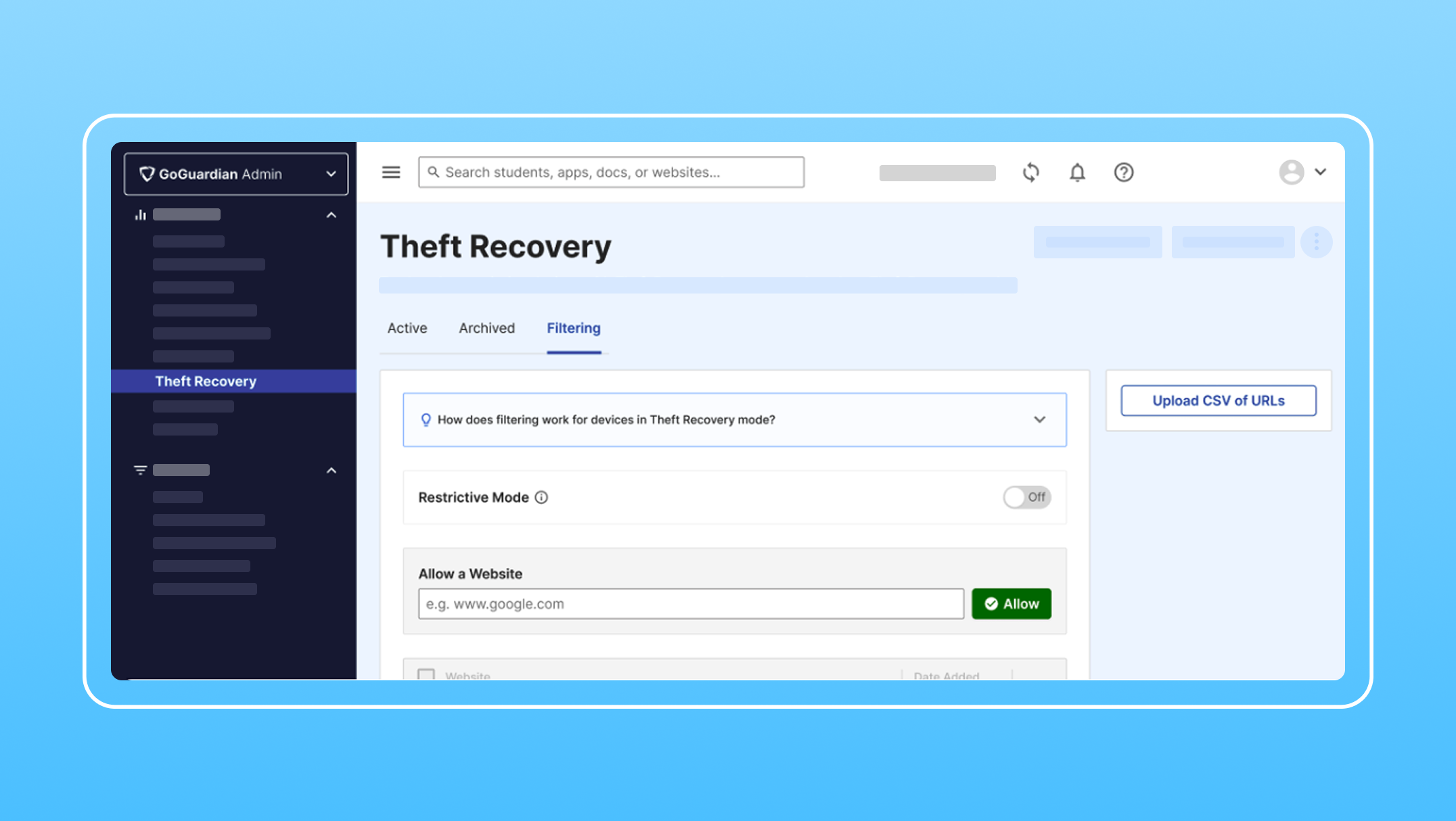Distance Learning Tools & Technologies for Educators

Distance Learning has been a challenging topic for decades due to the traditional nature of our society. For so long, we’ve held on to traditional education, schools, and tools. That’s because we’ve believed for so long that it works and all children can learn in a classroom setting for eight hours a day. However, drastic changes due to COVID-19 have shown us that the traditional classroom setting may not be our future. Most importantly, it has revealed some of the inadequacies of our systems, particularly in education.
What’s been revealed is that children can’t always adapt to a strict Learning schedule. Additionally, society has learned that the education system is often inflexible and often overloads and over-pressures students. However, when students are relieved of the pressures of tests and provided the responsibility of Learning on their own, they’re able to thrive. Things are different in the present times. It’s a reality that we are trying, with all might, to grasp for the benefit of the students and the futures they will lead.
Though we approach distance Learning with enthusiasm, as a way to supplement schools during today’s health crisis or a way to provide flexible Learning options for students who need it—the beginning isn’t easy. To instill distance Learning programs, you need to have the right tools and employ them in the right ways. We’ll cover both below.
What Is Distance Learning?
The definition of distance Learning is rather simple. It’s the concept of Learning online, through email, forums, and apps. It’s the separation of teacher and student from the classroom and the joining of them through other formats, using non-traditional tools like educational apps. The definition may seem simple, but the implementation is anything but. It requires a proper understanding of the needs of your students and a grasp of the tools available.
How to Succeed When Implementing Distance Learning
Implementing remote Learning is not an easy task, as most schools have learned during their quick shift from the classroom to the many online Learning platforms. Having a distance Learning plan can help your teachers and students make the shift, whether it’s for a health crisis, a single student with an illness, or to help those students that struggle with inflexibility and distractions in the classroom.
To effectively activate this distance Learning plan, it must have the following:
Goals
It isn’t just about setting goals; it’s about making those goals transparent. Teachers should be clear with students and set the goals with them from the beginning. This helps students understand the direction they’re heading with their lessons and how they’ll be assessed along the way.
Communication
Communication in a traditional classroom is always occurring, but online teachers need to purposefully implement communication in advance. Students and teachers need the ability to message each other and maintain a connection. There are many communication platforms available, but educators may opt for one primary mode of communication that allows for virtual face-to-face interaction.
Assignment
Educators should choose a platform in which students can receive new assignments and assessments and find their grades.
Feedback
It’s important to continue providing feedback on student work, even online assignments. When the student-teacher relationship is online-only, that feedback needs to be more frequent and more comprehensive. Students have a harder time gauging how they’re progressing because there is no in-person interaction. Design a feedback plan to help give students the right information to improve their education.
Learning Tools for Distance Learning Programs
There are a range of options for teachers and students today, including everything from lesson planning tools, instant messaging, videos, and even virtual reality for exploring different areas and cultures across the world. There are even coding tools and gamification for math. Teachers will find that there are enough tools to fill gaps in remote education, and they may even supplement in-school Learning for students to further their skills. Below are some of the best tools and technologies for teachers available today.
WeVideo
WeVideo allows students and teachers to make videos together and help create a sense of community. Without a classroom, it can be difficult to achieve togetherness, but it’s much easier with tools like WeVideo.
Scribble
Scribble is a platform that allows students and teachers to share notes, documents, ideas, and work as a team on projects. This helps teachers maintain an authentic classroom environment while working online.
Dropbox
Most people already know about Dropbox because it’s been an instrumental tool for businesses for several years. For teachers and students, it’s a place to grab links from a lesson, upload assignments, and share files.
Seesaw
Standardized tests were meant as a means of measuring student acquisition of knowledge and progress in their Learning. It ensured that all students learned the same material and concepts. But because of standardized tests, too much is focused on memorization and not enough on understanding a subject. Seesaw helps teachers access progress in a more realistic and comprehensive way, and it helps ensure that each student is progressing in their studies.
Common Curriculum
Planning lessons isn’t an easy task, especially when the entire class is digital. Common Curriculum helps teachers organize and plan lessons that embrace flexibility.
Although there are hundreds of technologies for teachers available, you should choose those that fit your needs and the needs of your students. Learn more about educational apps and tools for teachers, at GoGuardian.
Jump to Section
Bring the power of GoGuardian to your school or district today.


